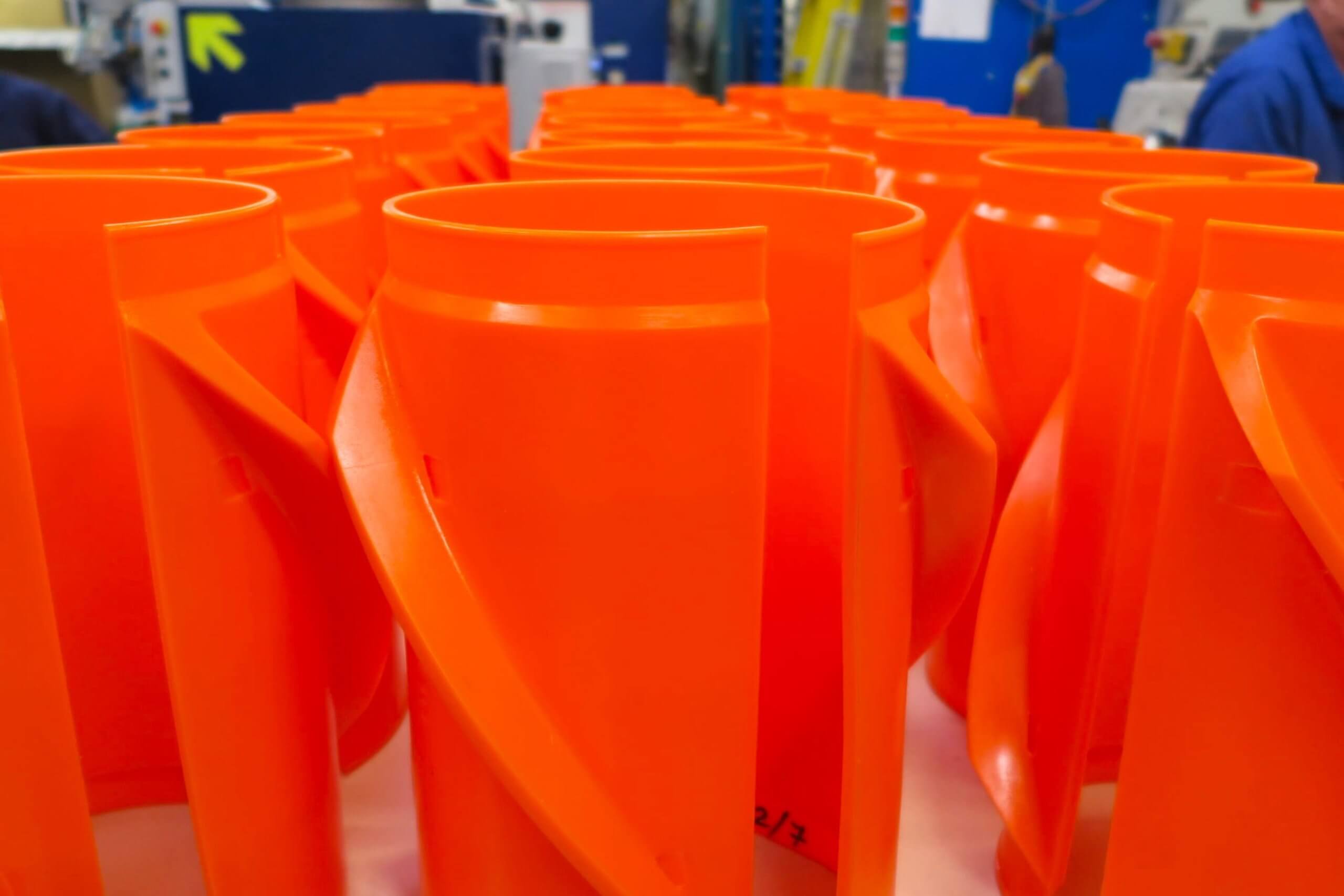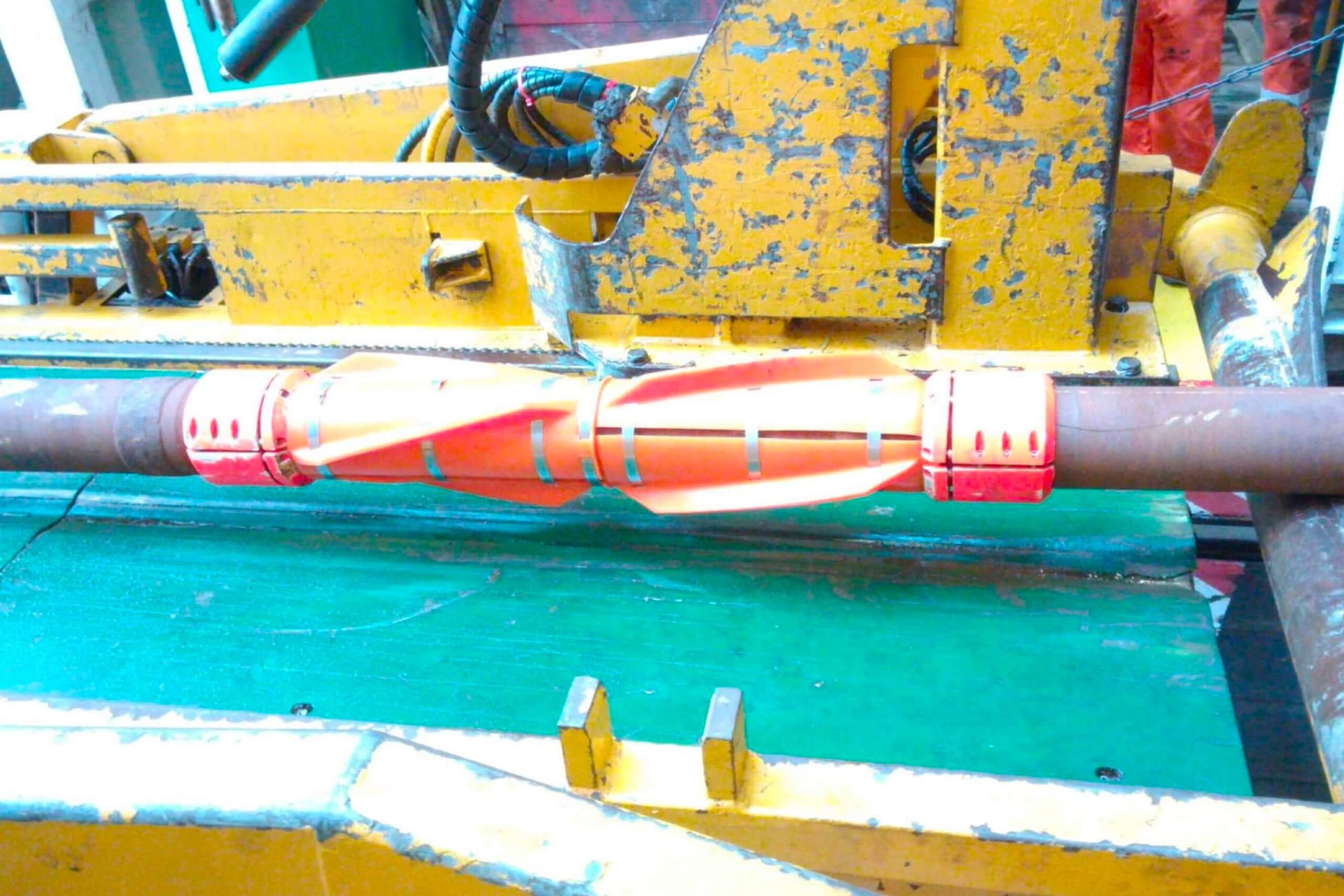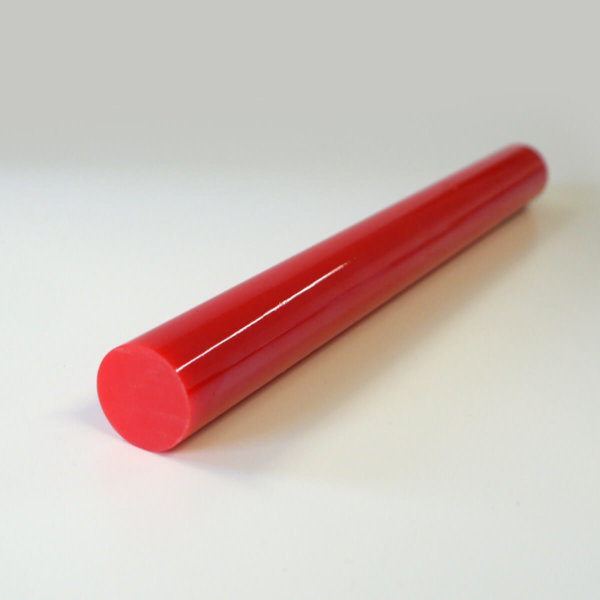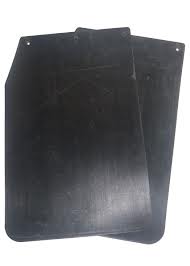The wide-ranging advantages of this metal, rubber and plastic alternative are well known, but knowing how to cast polyurethane gives insights into the variety of polyurethane services available.
If you have ever wondered how to cast polyurethane, the starting point is probably to decide if there is a difference between moulding and casting in manufacturing terms.
When some substances are involved, the two processes are distinct. For example, you could pour liquid metal into a design template that is then a one-off ‘cast’.
However, when dealing with polyurethane, you would usually transfer it in its liquid state to a mould (that can be reused multiple times). The item that is then extracted from the mould is a cast, but one you can reproduce as many times as you wish.
To cast polyurethane parts you would generally rely on various types of moulding, which we outline further in this article. To complicate things a little more, you can use a one-off cast as the basis for producing a new mould, which can then help you to replicate a 3D part in a fast and cost-effective way!
Ultimately, the important thing to understand when exploring how to cast polyurethane, is that technically skilled professionals can produce any part, to match any tensile, dimensional and functional properties.
This is vital knowledge for an increasingly wide range of manufacturing and engineering sectors. Polyurethane’s ability to be a more cost-effective, durable and reliable option compared to other materials, simply can’t be ignored.
Particularly if the cast you are aiming for is a challenging shape or size, has intricate detailing involved, or is required to be strong, highly resilient, yet light in weight. Such as wheels, rollers and stops in heavy-duty machinery.
Types of moulding
The formulation of the polyurethane mix dictates its final tensile properties and performance features; from soft foam to a substrate hard as stone.
Beyond the scientific formulas used to create this essential polymer, let’s move on to exploring some of the moulding processes involved in casting parts from polyurethane.
Compression Moulding
This option to cast polyurethane involves both a heated mould and a heated polyurethane blend. Compression is used to ensure all of the mixture spreads evenly into all parts of the mould, and the whole process cures the polyurethane swiftly.
This makes compression moulding a great option for casting multiple polyurethane parts quickly and cheaply.
Injection Moulding
This is another common way to cast polyurethane, as it too provides a quick turnaround on part production. It is also an excellent polyurethane casting method for more complex designs. As the name suggests, liquid PU is injected precisely into the mould, and the pressure involved delivers the correct amount across the entire shape outline.
Related article: Polyurethane for the Boat Industry
Extrusion Moulding
For highly complex parts made from polyurethane, extrusion moulding can be the best option. It involves transferring liquid polyurethane into a shaped mould – usually a cross-section of the desired target item – to fill a specific space or series of spaces if numerous elements are needed.
Blow Moulding
If you want to know how to cast polyurethane to produce a hollow part, then this is your answer!
Blow moulds have a single point of entry for liquid PU, and pressure is used to blow it to the sides of the preformed shape.
Polyurethane Casting
This is a general term applied to injecting heated liquid polyurethane into a soft mould, so it can cure into a specific shape that is pinpoint accurate, including when any curves are required.
Keep reading: Polyurethane can be used as an adhesive
How to cast polyurethane and get the perfect result

The way polyurethane is moulded is not the only consideration, when you need a structure, part or component engineered to match a very specific brief. There are other specialist processes involved to create an accurate, perfectly functioning and sometimes aesthetically attractive result.
Mention has already been made of the fact that what you put into polyurethane mixes – including different catalysts and dyes – dictates its function and appearance. If you need parts in a specific colour tint, that too is part of the initial formulation process.
Also, how the PU is cured can affect its properties. Various levels of heat – and an exothermic reaction – produce different results.
Clearly, moulding polyurethane to produce 100% accurate outcomes is a highly specialist task, particularly as both moisture levels and shrinkage need to be carefully calculated for often intricate designs.
Making it essential to find a leading supplier of polyurethane services.
Also read:Industrial Wheels: The Benefits of Polyurethane
Knowledge is power, for part specifiers and designers
Now you know some of the things involved in ‘How to cast polyurethane?’ you may still need specific questions answered. Which of the moulding processes is best for your project goals, and can polyurethane live up to its promise in terms of suitability and price?
Get in touch to pick the brains of our knowledgeable and helpful polyurethane moulding technicians, as we love to talk about all things polyurethane.
Want to find out how much it will cost to make your products?




